McDonald’s CEO acknowledges the chain’s value problem. The company aims to win back price-sensitive customers.
Recent inflation-driven price increases have deterred some diners. McDonald’s serves approximately 69 million customers daily across 100 countries.
$5 Value Meal: Just the Beginning
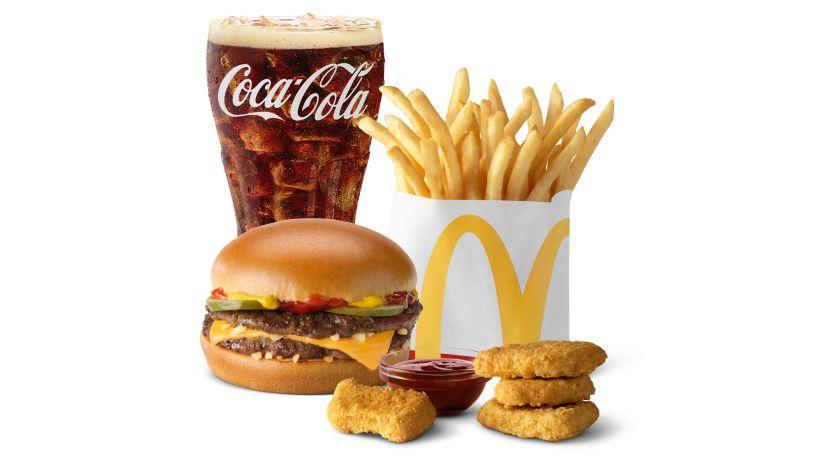
McDonald’s extends its $5 meal deal through August. The company plans to introduce more permanent value options.
This strategy echoes the previous $1, $2, $3 menu. McDonald’s first introduced the Dollar Menu in 2002, revolutionizing fast-food pricing.
Multi-Chapter Value Playbook in Development
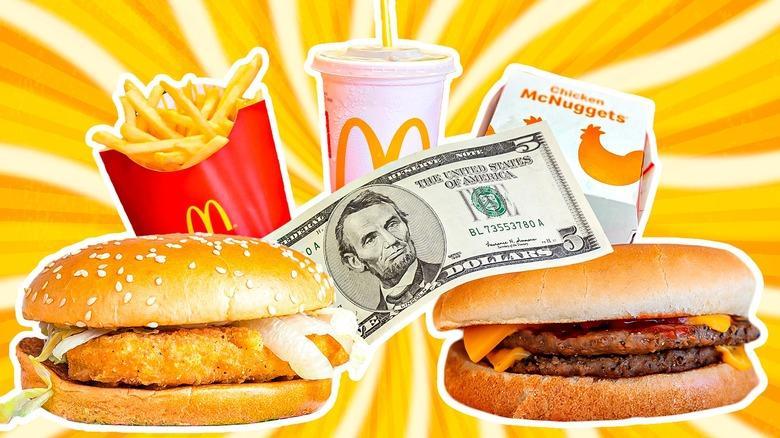
CEO Chris Kempczinski promises a comprehensive value strategy. The $5 meal serves as a “bridge” to future offerings.
McDonald’s aims to recreate the success of past value menus. In 2018, the $1 $2 $3 Dollar Menu replaced the original Dollar Menu.
Low-Income Consumers Become More Price-Discriminating

McDonald’s notices a shift in low-income consumer behavior. These customers are more selective in their spending.
The trend affects most of McDonald’s key markets. The average McDonald’s customer visits the restaurant 3-4 times a month.
Comparable Sales Decrease Across Markets

McDonald’s reports a 1% decrease in global comparable sales. U.S. sales dropped by 0.7% year-on-year.
The company attributes this decline partly to higher prices. McDonald’s operates over 39,000 locations globally, with about 14,000 in the U.S.
Inflation Impacts Fast-Food Pricing Strategies
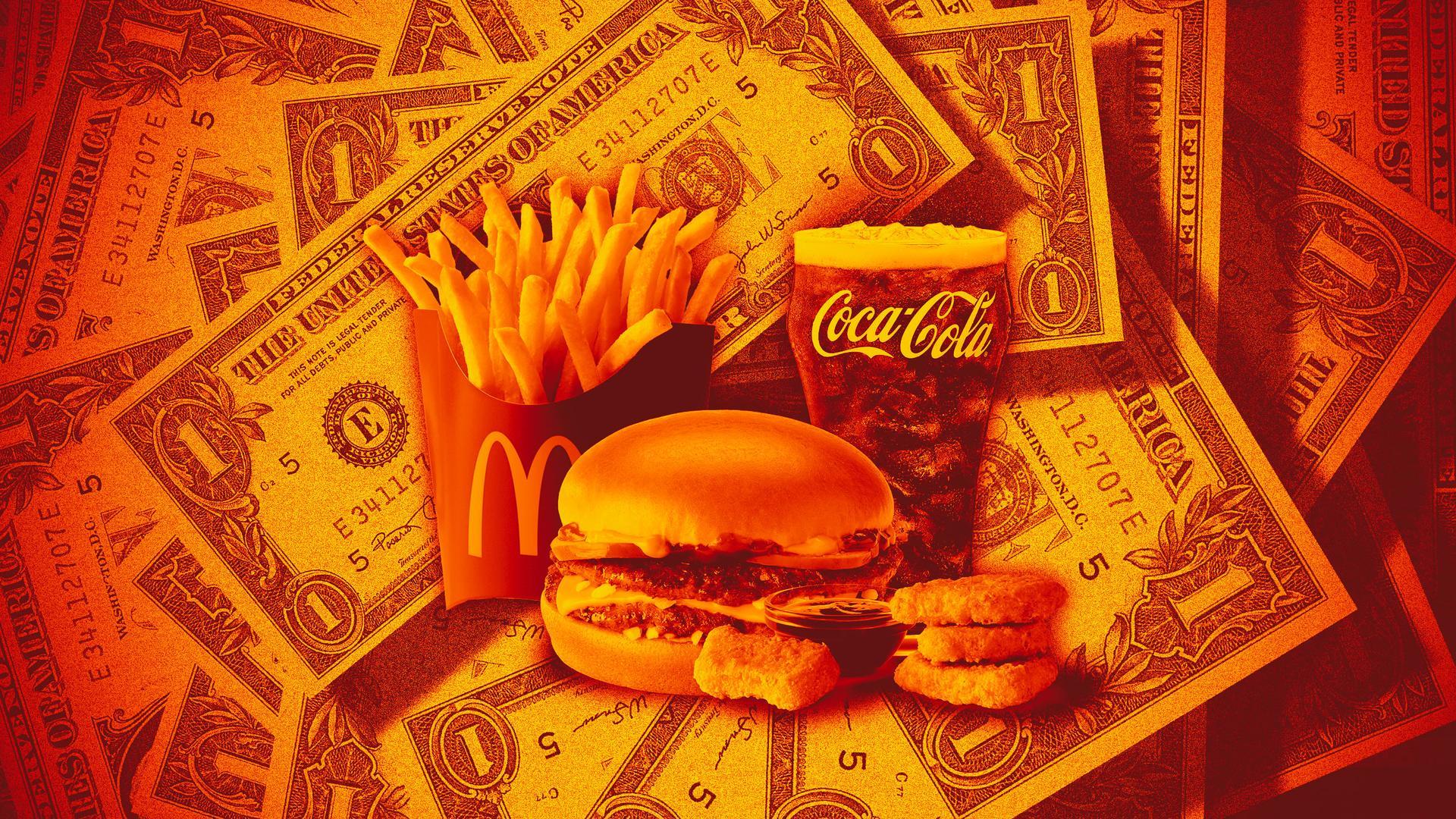
Rising costs force McDonald’s to increase menu prices. This price hike contributes to declining sales.
The company seeks to balance profitability and customer retention. The U.S. fast-food industry was valued at $331.4 billion in 2022.
Value Offerings Key to Regaining Customer Base

McDonald’s identifies value as crucial for customer acquisition. The company plans to introduce more affordable options.
This strategy aims to reverse recent sales declines. McDonald’s holds approximately 21% market share in the U.S. fast-food market.
Changing Consumer Behavior Affects Sales
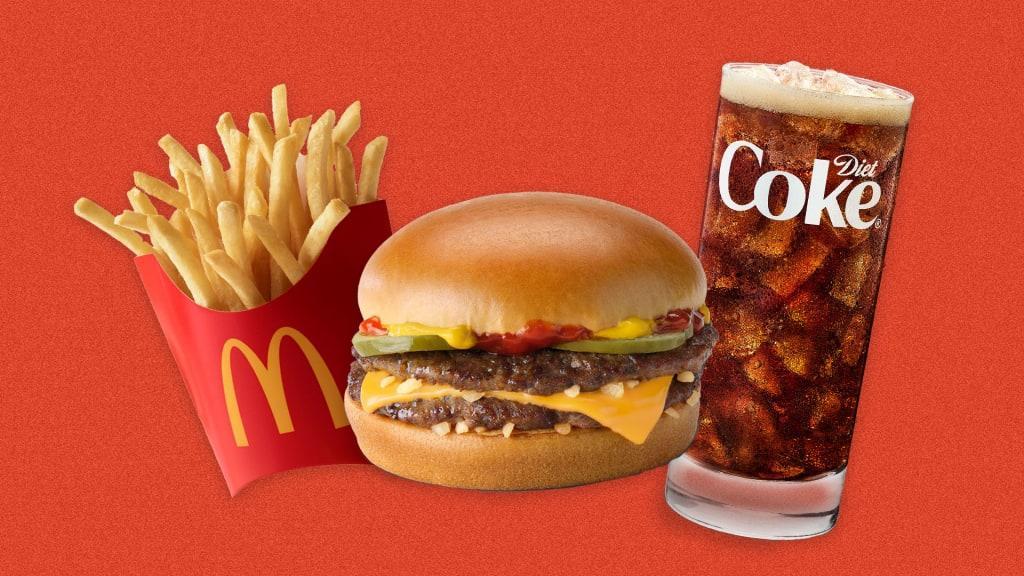
Lower-income customers place smaller orders and eat at home more. This trend impacts McDonald’s bottom line.
The company must adapt to evolving consumer preferences. The average McDonald’s transaction in the U.S. is around $8.
Consumer Fatigue from Rising Restaurant Prices
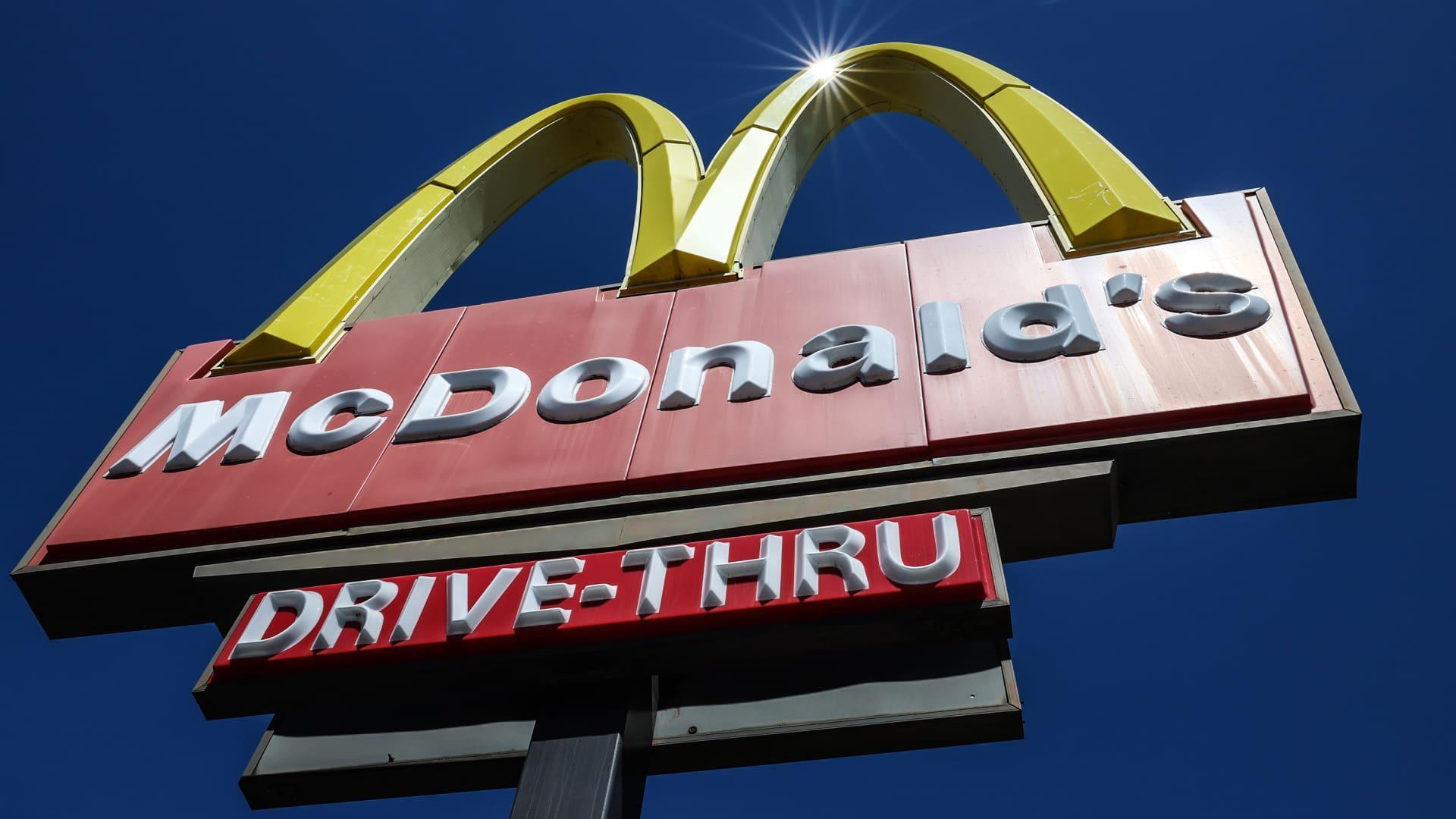
Analysts note widespread consumer fatigue due to price increases. Fast-food value proposition diminishes as grocery prices stabilize.
Customers become less tolerant of frequent price hikes. The fast-food price index increased by 6.2% in 2022.
Loyal Customers Alter Fast-Food Consumption Habits
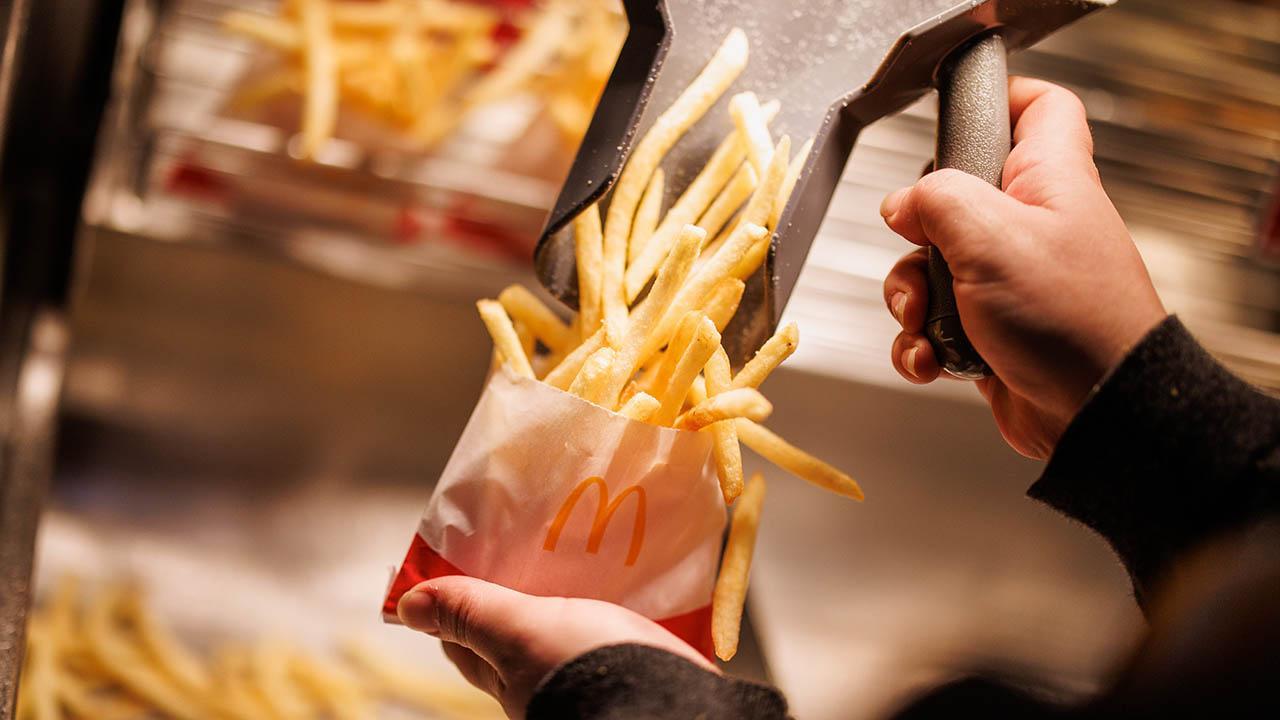
Even dedicated fast-food fans change their routines. They seek alternatives to cope with rising prices.
This shift challenges McDonald’s customer retention efforts. McDonald’s loyalty program has over 25 million active users in the U.S.

